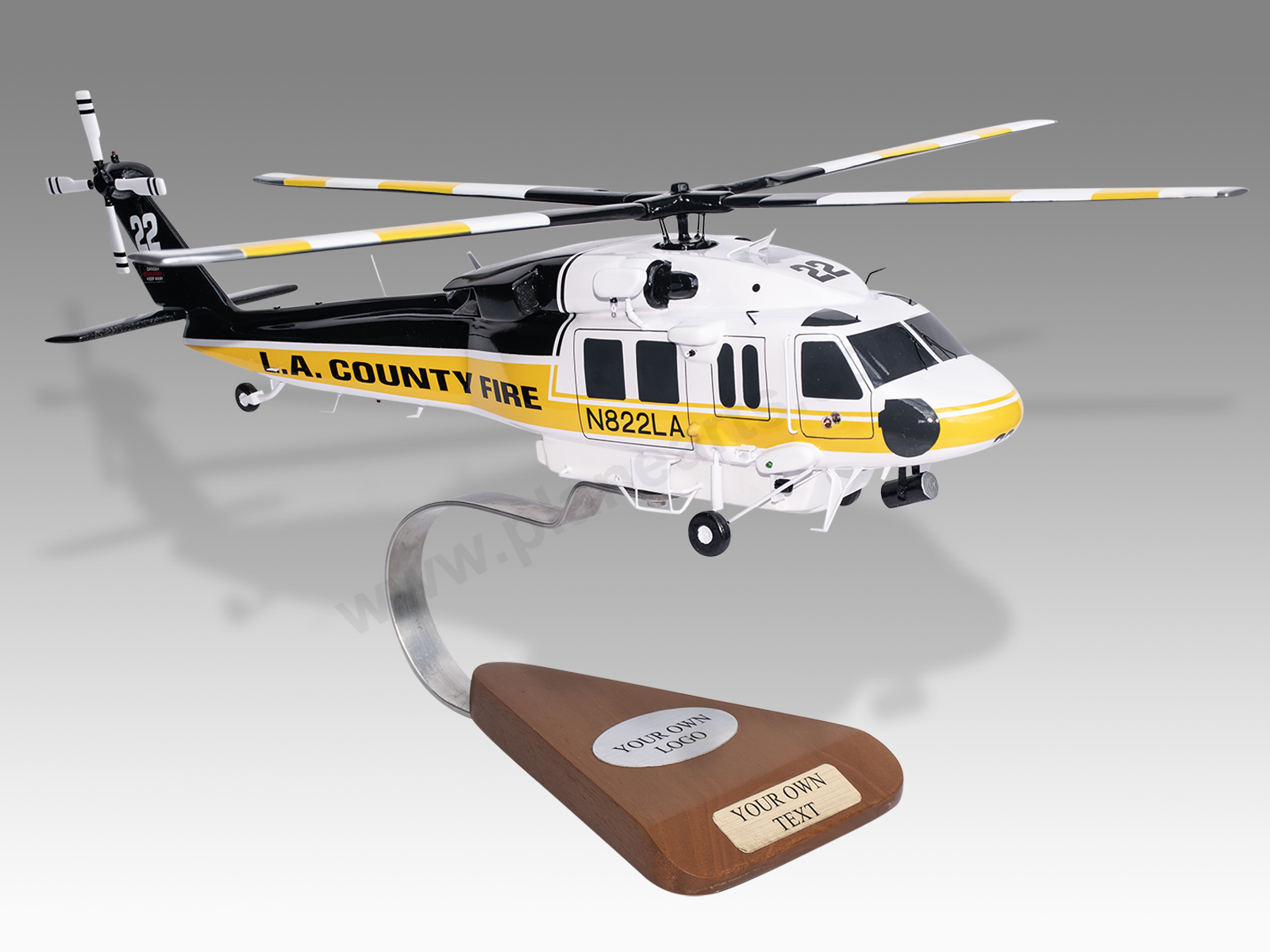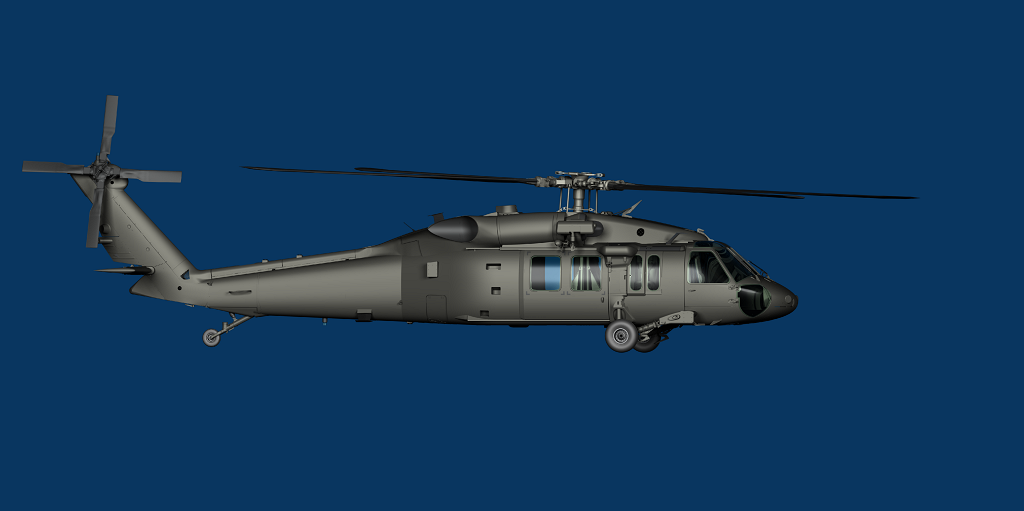Sikorsky S 70: Changing Tactical Operations with Cutting-Edge Innovation
Wiki Article
High-Performance Multi-Role Rotorcraft Featuring Advanced Cockpit Technologies and Integrated Sensor Solutions
The world of rotorcraft technology has actually seen notable innovations in recent times, especially in the realm of high-performance multi-role rotorcraft geared up with innovative cockpit innovations and flawlessly integrated sensing unit systems. These developments have not only increased the operational capacities of rotorcraft but have actually also considerably impacted contemporary aeronautics procedures on numerous fronts. From enhanced mission convenience to improved operational effectiveness, the convergence of sophisticated cockpit modern technologies and integrated sensor systems has ushered in a brand-new age of opportunities for rotorcraft applications. In the complying with discussion, we will explore the development of rotorcraft innovation, explore the realm of advanced cabin technologies, and analyze the implications of integrated sensor systems on the operational versatility and performance of contemporary rotorcraft.Evolution of Rotorcraft Innovation
The development of rotorcraft modern technology has been noted by considerable developments in aerodynamics, materials, and propulsion systems, forming the capacities and performance of contemporary rotorcraft. Aerodynamic enhancements have actually improved the performance and ability to move of rotorcraft, enabling boosted rate, dexterity, and stability during flight (sikorsky s 70). Technologies in materials, such as making use of composite materials and advanced alloys, have led to lighter yet more powerful rotorcraft frameworks, boosting overall efficiency and longevity. In addition, improvements in propulsion systems, consisting of a lot more effective engines and cutting-edge propulsion technologies, have enabled rotorcraft to accomplish higher altitudes, faster speeds, and higher payloads.These advancements have not just transformed the abilities of rotorcraft but have also broadened their applications throughout numerous industries, including army, commercial, and emergency situation solutions. The continuous evolution of rotorcraft modern technology remains to drive advancement in the area, pressing the limits of what is possible and forming the future of vertical flight.
Advanced Cabin Innovations
Structure upon the fundamental advancements in the rules of aerodynamics, materials, and propulsion systems, the world of rotorcraft innovation now moves focus towards pioneering Advanced Cabin Innovations. The assimilation of sophisticated technologies within the cabin atmosphere plays a crucial function in enhancing the operational capacities, safety and security, and performance of modern rotorcraft. sikorsky s 70. Advanced Cockpit Innovations include a large selection of features designed to provide pilots with boosted situational understanding, structured information monitoring, and user-friendly control user interfacesOne of the essential advancements in cockpit design is the implementation of glass cockpits, which change conventional analog assesses with high-resolution displays. These digital systems offer adjustable layouts, real-time data integration, and improved readability, enabling pilots to access important information at a glimpse. Progressed avionics systems, such as fly-by-wire controls and enhanced truth screens, are transforming how pilots interact with the airplane, allowing for accurate control and boosted decision-making abilities.


Including innovative cabin developments not only boosts pilot efficiency yet additionally contributes to general goal effectiveness and security in complicated functional atmospheres. By leveraging cutting edge innovations within the cockpit, rotorcraft manufacturers are establishing brand-new criteria for functional excellence and mission success.
Integrated Sensing Unit Systems
With the development of rotorcraft modern technology, the combination of sophisticated Integrated Sensing unit Equipment has come to be paramount in enhancing functional efficiency and security. These Integrated Sensing unit Equipments incorporate a vast variety of modern technologies that provide crucial information for different functions such as navigation, security, targeting, and ecological monitoring. By effortlessly incorporating sensors like radars, cams, lidar, and infrared systems right into rotorcraft, operators can gain from enhanced situational understanding, enhanced goal capacities, and decreased pilot workload.One trick benefit of Integrated Sensor Equipments is their ability to collect real-time data and provide workable understandings to pilots and goal drivers. Advanced radar systems can detect and track targets over long important site ranges, allowing for early hazard discovery and efficient response planning. In addition, incorporating infrared and electro-optical video cameras makes it possible for rotorcraft to conduct reconnaissance and surveillance goals with precision and accuracy.
Basically, the integration of cutting-edge sensor innovations into rotorcraft not just improves operational performance but likewise adds substantially to total mission success and crew safety. As rotorcraft remain to progress, the role of Integrated Sensing unit Solution will unquestionably stay at the center of development in the aerospace industry.
Functional Convenience and Efficiency
Enhancing operational adaptability and performance in rotorcraft is an all-natural development from the combination of sophisticated Integrated Sensor Solutions. By leveraging the understandings and information supplied by these innovative sensing unit systems, rotorcraft can optimize their efficiency across numerous goals and settings.Operational flexibility incorporates the ability of rotorcraft to address adjust to various functions and situations effectively. With innovative cabin innovations and integrated sensing unit systems, rotorcraft can seamlessly change between jobs such as search and rescue, clinical emptying, security, and a lot more. This convenience boosts the rotorcraft's capability to fulfill diverse operational requirements without needing extensive reconfiguration.
Effectiveness in rotorcraft operations is vital for taking full advantage of mission effectiveness and resource utilization. Integrated sensor systems play a critical duty in enhancing functional efficiency by offering real-time information on weather, terrain mapping, target tracking, and much more. This data enables pilots to make enlightened choices promptly, optimize trip courses, conserve fuel, and boost overall objective performance.
Influence On Modern Air Travel Workflow

Moreover, the assimilation of advanced sensing units helps with enhanced goal preparation and implementation, enabling rotorcraft to carry out a wide variety of tasks with boosted accuracy. From search and rescue operations to over here airborne firefighting and police objectives, the abilities of contemporary rotorcraft equipped with advanced cockpit technologies and integrated sensing unit systems are unparalleled.
Additionally, the influence of these improvements prolongs past functional efficiency to cost-effectiveness and sustainability. By optimizing trip routes, gas intake, and maintenance timetables, high-performance rotorcraft equipped with sophisticated cockpit technologies and sensors add to decreasing functional costs and ecological impact, making them indispensable properties in contemporary aviation operations.
Final Thought
Finally, the high-performance multi-role rotorcraft with advanced cabin modern technologies and incorporated sensor systems stands for a considerable evolution in air travel innovation. These innovations boost operational versatility and effectiveness, ultimately impacting modern-day air travel operations in a favorable means. The combination of these advanced innovations enables improved capabilities and performance in various mission circumstances, showcasing the continued innovation of rotorcraft technology in the air travel sector.The realm of rotorcraft innovation has actually seen significant improvements in recent times, especially in the world of high-performance multi-role rotorcraft outfitted with cutting-edge cabin modern technologies and perfectly incorporated sensing unit systems. From enhanced goal adaptability to improved functional effectiveness, the convergence of innovative cabin innovations and incorporated sensing unit systems has ushered in a new period of possibilities for rotorcraft applications. In the complying with conversation, we will certainly explore the development of rotorcraft modern technology, dig right into the realm of innovative cabin innovations, and examine the implications of incorporated sensor systems on the functional flexibility and performance of modern rotorcraft.

Report this wiki page